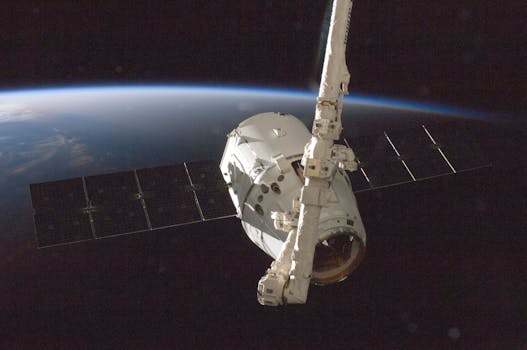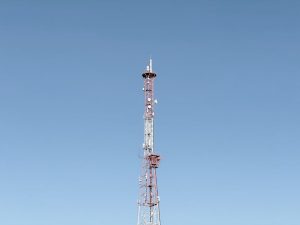
Introduction to LEO Satellites
LEO satellites, or Low Earth Orbit satellites, are artificial satellites that orbit the Earth at an altitude of around 160 to 2,000 kilometers. The focus keyword LEO satellites has become increasingly important in recent years, as these satellites have the potential to revolutionize global connectivity. With the ability to provide faster, more reliable, and widespread internet access, LEO satellites are being touted as a game-changer for the telecommunications industry.
The use of LEO satellites is not a new concept, but recent advancements in technology have made it possible to launch and operate large constellations of these satellites, enabling them to provide global coverage. Companies such as SpaceX, OneWeb, and Amazon’s Kuiper Systems are at the forefront of this revolution, investing heavily in the development and launch of LEO satellite constellations.
How LEO Satellites Work
LEO satellites work by orbiting the Earth at a low altitude, which allows them to provide internet access to a wide range of users. These satellites are equipped with advanced technology, including transponders, antennas, and solar panels, which enable them to communicate with Earth-based stations and other satellites. The signals transmitted by LEO satellites are received by small dishes or antennas on the ground, which then connect to the internet, providing users with fast and reliable access.
One of the key advantages of LEO satellites is their low latency, which is the time it takes for data to travel from the user’s device to the satellite and back to the Earth-based station. This is significantly lower than the latency of traditional geostationary satellites, which orbit the Earth at an altitude of around 36,000 kilometers. As a result, LEO satellites are ideal for applications that require real-time communication, such as video conferencing, online gaming, and virtual reality.
Applications of LEO Satellites
The applications of LEO satellites are vast and varied, with the potential to transform a wide range of industries. Some of the most significant applications include:
Remote connectivity: LEO satellites can provide internet access to remote and underserved communities, enabling them to connect with the rest of the world and access vital services such as education, healthcare, and financial services.
IoT connectivity: LEO satellites can provide connectivity for IoT devices, enabling them to transmit data in real-time and facilitating the development of smart cities, smart homes, and other IoT applications.
Disaster response: LEO satellites can provide critical connectivity during natural disasters, enabling emergency responders to communicate and coordinate their efforts more effectively.
Space exploration: LEO satellites can provide communication services for space missions, enabling astronauts to stay in touch with Earth and transmit vital data back to mission control.
Conclusion
In conclusion, LEO satellites are poised to revolutionize global connectivity, providing faster, more reliable, and widespread internet access to users around the world. With their low latency, high-speed data transfer, and ability to provide connectivity in remote and underserved areas, LEO satellites have the potential to transform a wide range of industries, from telecommunications and IoT to space exploration and disaster response. As the development and launch of LEO satellite constellations continue to advance, we can expect to see significant improvements in global connectivity, enabling us to stay connected and access vital services from anywhere in the world.





